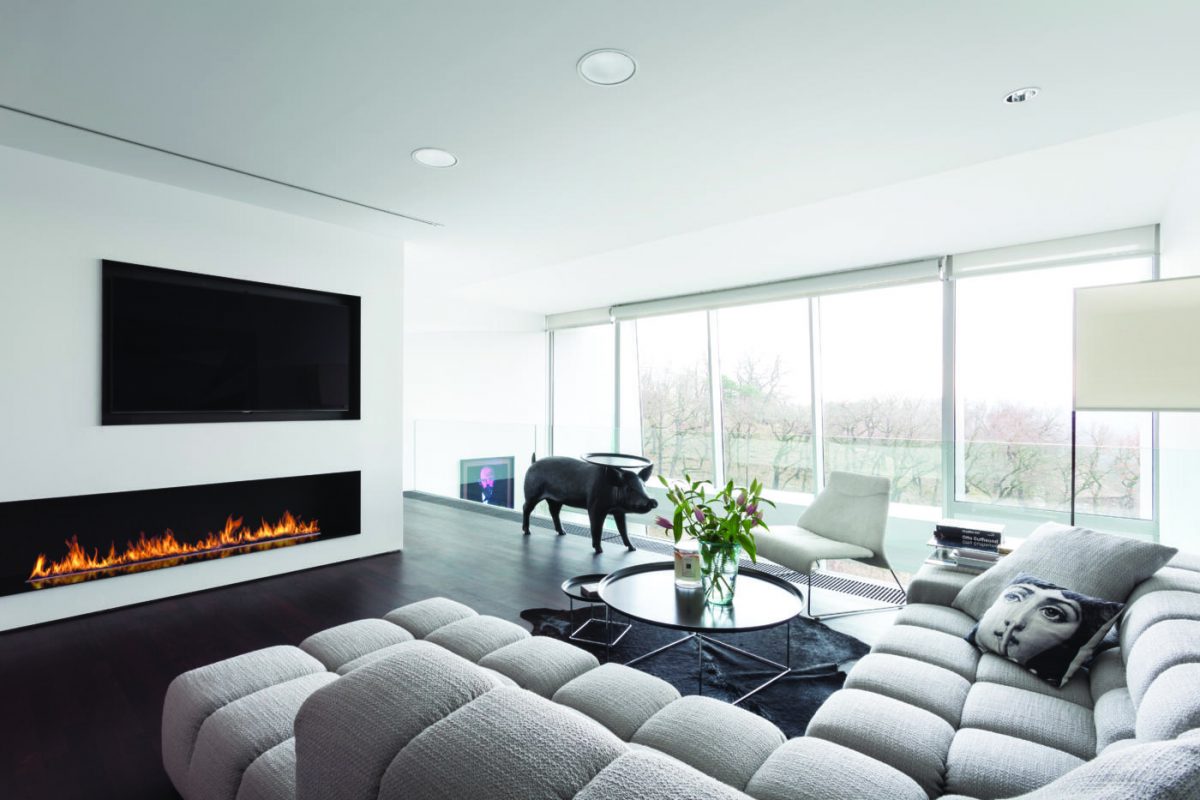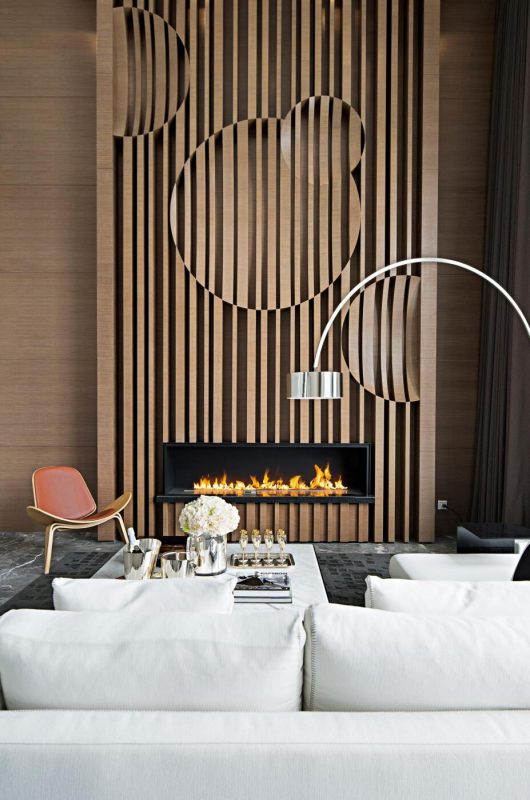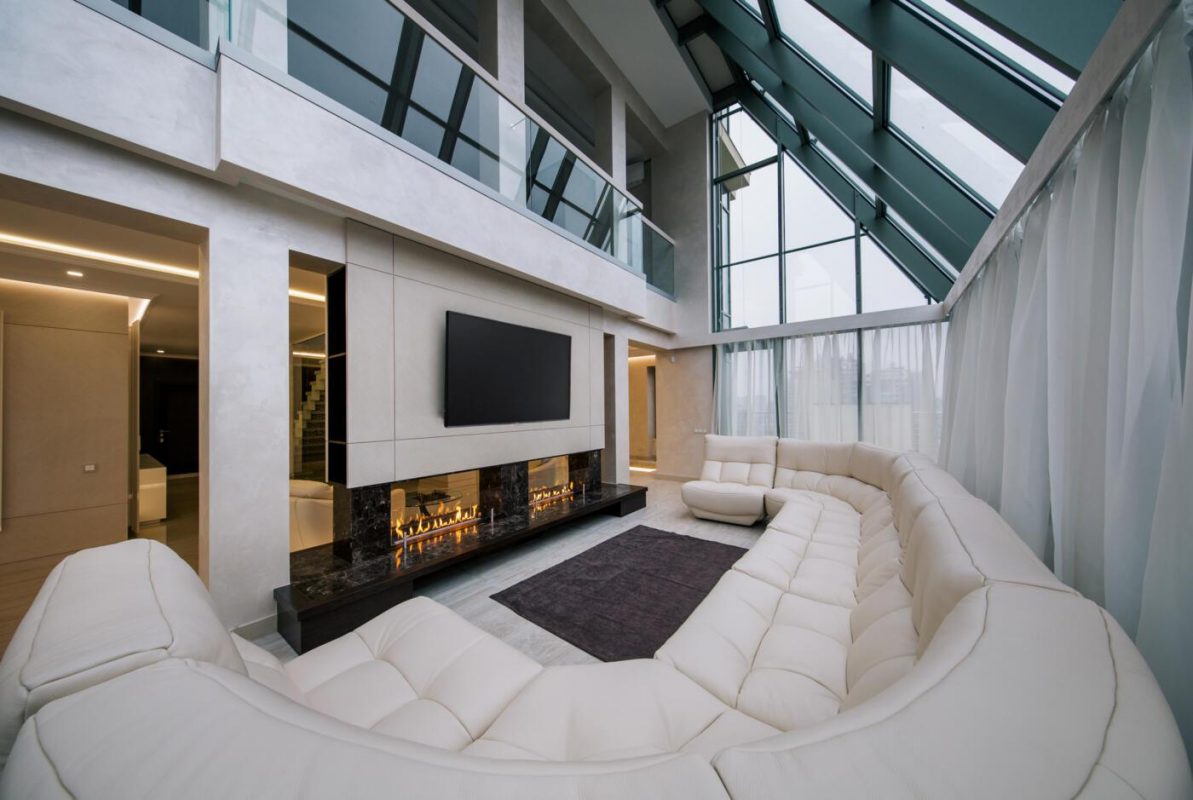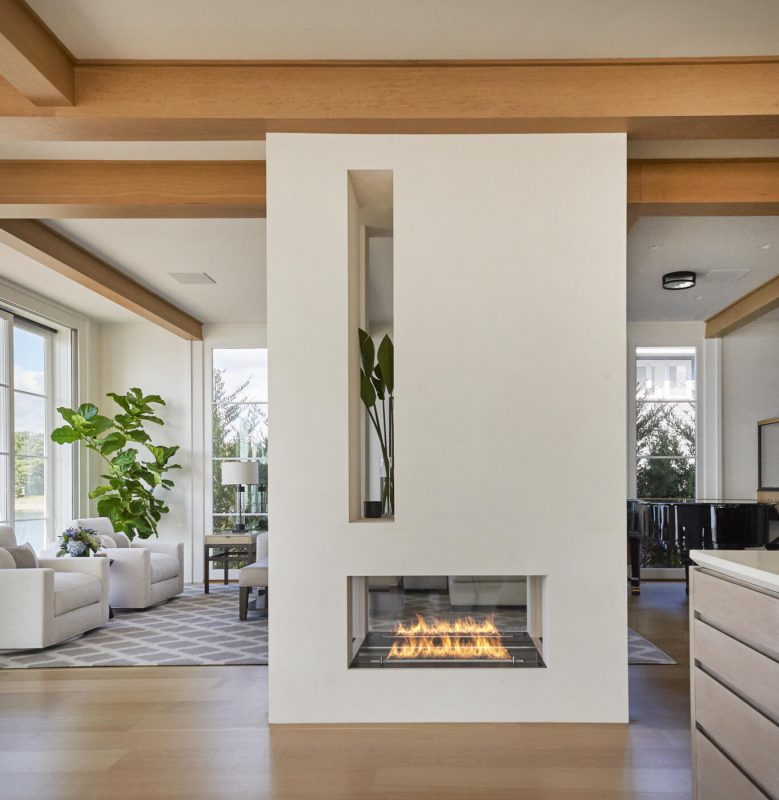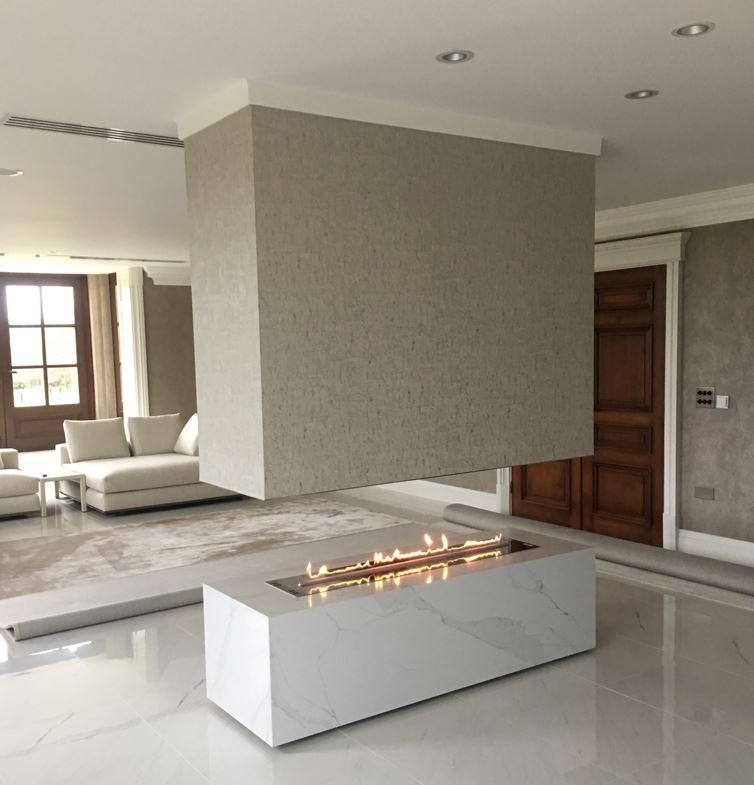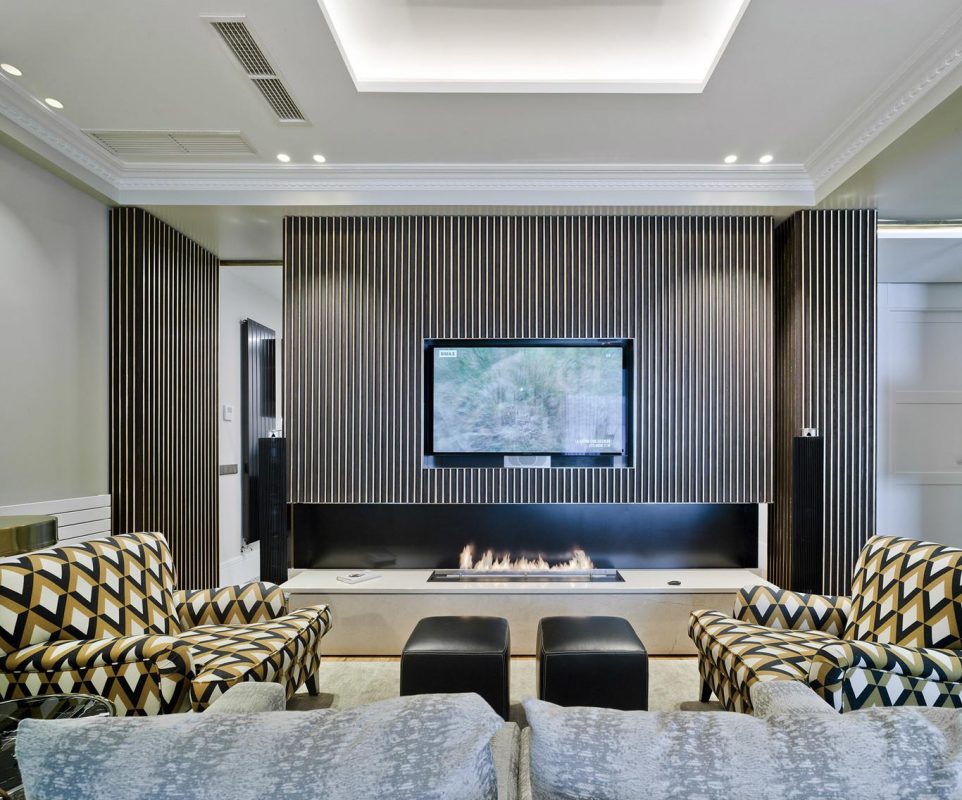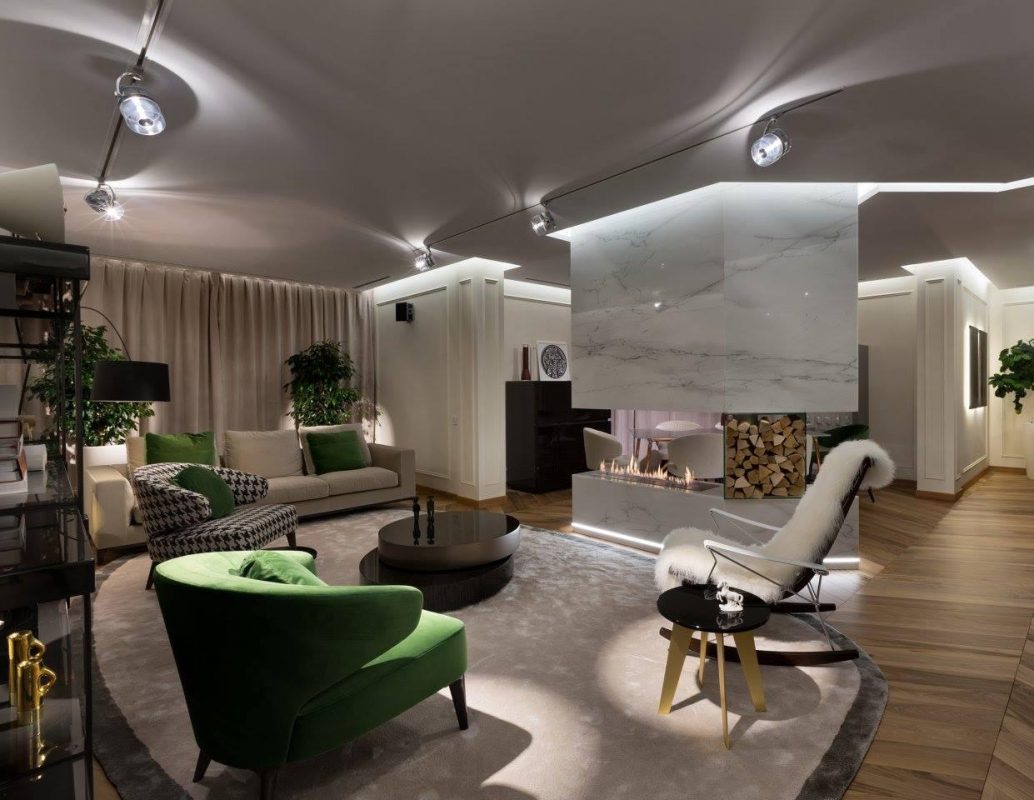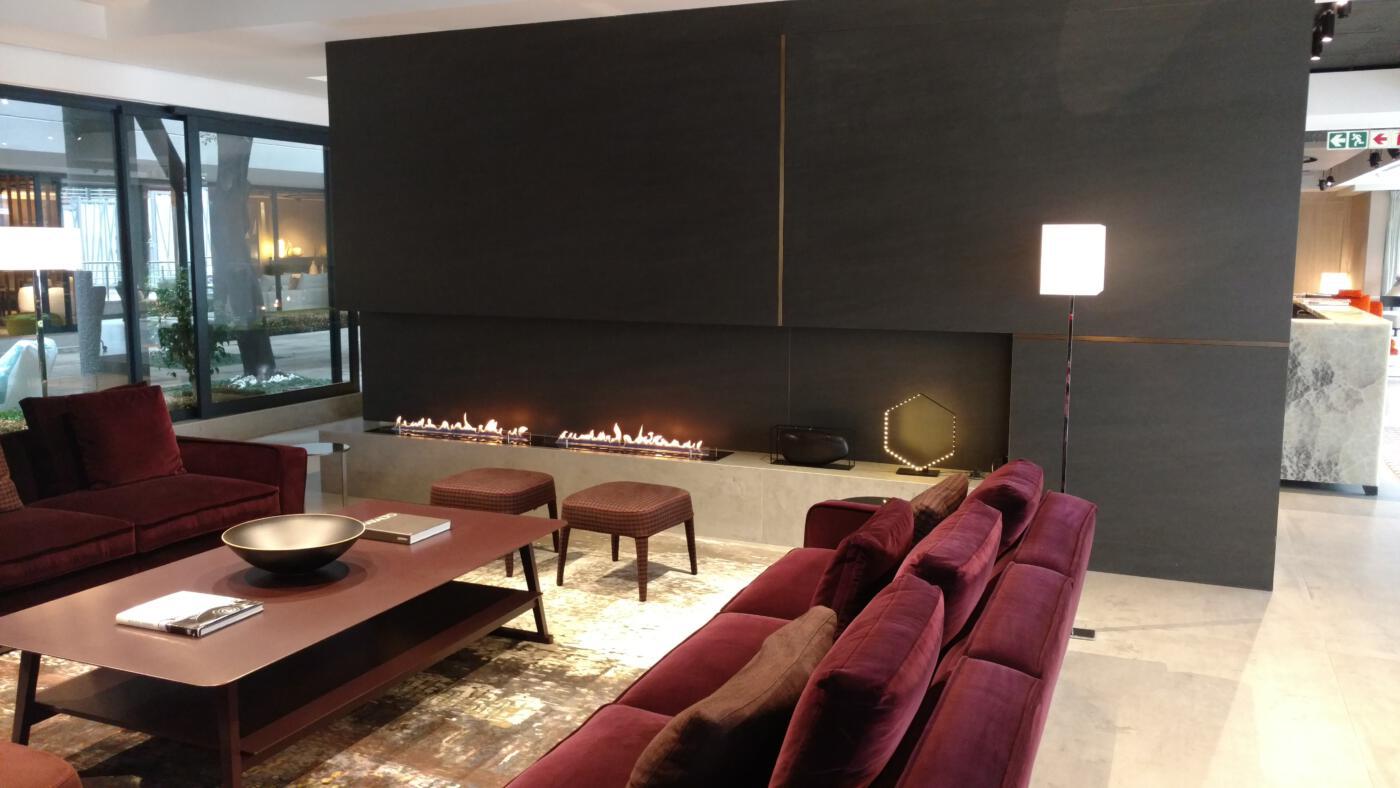Uncategorized
HOW DOES AN ETHANOL FIREPLACE WORK? COMPARISON OF AUTOMATIC AND MANUAL FIREPLACES

The construction of automatic bio-fireplaces is more complex than a manual ethanol fireplace. Inside the device, there is a tank for liquid bioethanol fuel, a vapor generator, an internal pump, a special hearth, and an inner tank. A microprocessor and numerous sensors are responsible for the safe combustion process, including:
- temperature
- spillage at the bottom of the fireplace,
- overflow of fuel,
- level of fuel and the overflow,
- shock and tilt.
The construction of manual ethanol fireplaces is extremely simple. Their design resembles troughs, which operate as an open tank into which ethanol is poured and then ignited.
HOW DOES AN ETHANOL FIREPLACE WORK? WATCH THE COMPARISON OF AUTOMATIC AND MANUAL ETHANOL FIREPLACES
HOW TO POUR FUEL INTO A BIOFIREPLACE?
In case of automatic bio-fireplaces from Planika, the fuel is poured using a dedicated pump. One end of the pump is connected to the corresponding inlet of the fireplace, while the other end is placed in the bioethanol bottle. The refuelling process begins when the button on the pump is pressed and held down and stops when the amount of fuel in the tank reaches the maximum level. As a result, refuelling is not only quick and easy but most importantly, there is no fuel spillage.
In manual fireplaces, fuel is poured directly into the tank using a funnel. The amount of fuel must not exceed the maximum level, which is marked inside the tank. Otherwise, it may spill. In case the fuel spills outside the tank, remove the fireplace from the building, pour off the excess fuel, and dry it.
HOW TO LIGHT A BIO-FIREPLACE? STARTING A MANUAL AND AUTOMATIC ETHANOL FIREPLACE.
Once the fuel is poured, the fire in an automatic fireplace can be safely lit. This can be done with:
- the control panel on the fireplace,
- remote control,
- FLA3 NER ZERO APP.
The fireplace can also be connected to the SHS modules and with its help control its operation.
To light a fire in a manual fireplace you need a lighter or matches. The fire source should be brought directly to the liquid ethanol, which is contained in an open container. When firing up a manual ethanol fireplace, you must take special safety precautions, as the flame is formed suddenly.

COMBUSTION TECHNOLOGY – HOW DO MANUAL AND AUTOMATIC ETHANOL FIREPLACES WORK?
The combustion in automatic fireplaces with BEV (Burning Ethanol Vapours) Technology is a complex process and takes place in several stages.
In the first stage, cold liquid fuel is transported by an internal pump from an enclosed inner tank to a steam generator. There, the fuel is heated and turned into ethanol vapor. During this time, the filament, which is located within the hearth, gradually increases its temperature. In the final stage, the produced vapours are released through the hearth and ignited by the filament. The fire in such fireplaces grows gradually. The level of flame height can be freely adjusted using the remote control or the app. Thus, in the FLA3/FLA3+ fireplace, you can choose from six available flame height levels. The automatic fireplace can be turned off just as quickly by pressing the STOP button. The fireplace will stop generating fumes and the flame will disappear.
Immediately after firing the manual fireplace, the flame is low and has blue hues. However, as the temperature of the liquid ethanol in the tank increases, so does the flame. To reduce the level of flame height, partially cover the hearth with a flap using a special tool. As a result, the oxygen supply to the hearth is reduced, which leads to a decrease in the flame.
HOW SAFE IS AN AUTOMATIC BIO FIREPLACE COMPARED TO A MANUAL ETHANOL FIREPLACE?
Only automatic bioethanol fireplaces are safe. Planika’s automatic bio-ethanol fireplaces have a built-in internal processor that controls the combustion process at every stage. In addition, these devices have numerous safety sensors that are responsible for: maintaining the correct temperature of the various components of the fireplace, the correct fuel level, and even for shutting down the fireplace in case of strong shocks or when it is tilted.
In case of a manual fireplace, the flame is created on the surface of the fuel, which leads to the boiling of the liquid. When the fuel heats up to high temperatures, the surface of the fireplace may deform and the liquid may splash outside the surface of the device. In such situation, you can only cover the hearth with a flap to completely cut off the air supply and extinguish the fire. If such a solution does not bring immediate results, the operation can be repeated several times. It is important to remember that even after extinguishing, the fire may still burn in the tank. Over time, it descends into lower and lower parts of the tank. There, incomplete combustion occurs, during which an unpleasant smell of ethanol is emitted. Before refuelling a manual bio-fireplace, the appliance must be completely cooled down to ensure that there is no longer a smouldering fire anywhere in the fireplace.

ETHANOL FIREPLACE IN INTERIOR DESIGNS – WHICH ONE TO CHOOSE?
Automatic ethanol fireplaces have technology that allows them to be installed in structures made of various materials, even combustible. Media walls are popular architectural solutions, which are the combination of an automatic fireplace with a TV above it. Creating such a design is possible, thanks to the low temperatures the fireplace emits and the controlled height of the flame. The many burner length options and the numerous possibilities for installing technical panes in Planika’s automatic fireplaces give countless design options, even such as a tunnel or room divider.
Due to the way they work, manual fireplaces can only be installed in structures made of non-combustible materials with insulation and with adequate distance from other design elements. Moreover, due to the unpleasant odour created by manual ethanol fireplaces, they should be installed in rooms of adequate cubature that can be ventilated.



